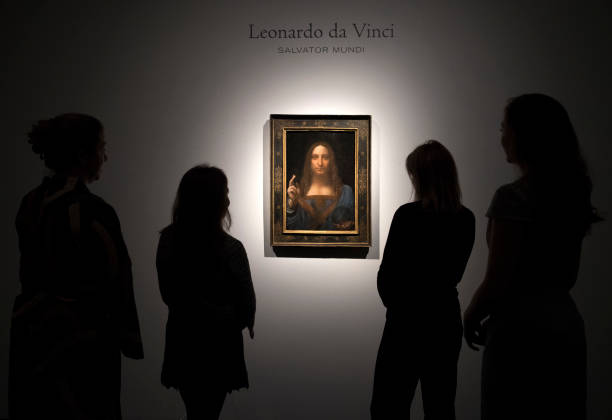Salvator Mundi at the Center: Russian Billionaire Fails in Sotheby’s Fraud Lawsuit

Sotheby’s achieved a significant legal triumph as a US federal jury ruled in the auction house’s favor in a trial involving allegations of defrauding Russian billionaire oligarch Dmitry Rybolovlev of tens of millions of dollars in art sales.
Rybolovlev claimed that Sotheby’s collaborated with Swiss art dealer Yves Bouvier to mislead him into paying exaggerated prices for four artworks, including the renowned Salvator Mundi—an artwork attributed to Leonardo da Vinci, which set the record as the most expensive piece ever auctioned.
Sotheby’s Liability in Rybolovlev-Bouvier Art Dispute
Sotheby’s, a privately held auction house, consistently maintained its adherence to legal requirements, financial obligations, and industry best practices throughout the transactions.
The auction house argued that it had no knowledge of Bouvier’s alleged misconduct and was not liable for his dealings with Rybolovlev. While Bouvier was not a defendant in the case, he maintained his innocence, and last month, he and Rybolovlev reached a confidential settlement, resolving their disputes.
Rybolovlev, with a net worth of $6.4 billion, made his fortune in potash fertilizer and owns AS Monaco, a Ligue 1 football club, and the Greek island of Skorpios. Despite the court ruling against him, his ownership of Salvator Mundi had proven unusually profitable.
Court documents revealed that Bouvier bought the da Vinci masterpiece for $83 million in 2013 and sold it the next day to Rybolovlev for $127.5 million. Rybolovlev later sold Salvator Mundi at Christie’s in 2017 for a record-breaking $450.3 million.
Billionaire’s Saga: Salvator Mundi Triumphs and Controversies

The court case, among the highest-profile art fraud disputes in recent years, offered insights into the often secretive art industry. Jurors in Manhattan federal court took less than a day to reach a verdict, reinforcing Sotheby’s commitment to upholding the highest standards of integrity and professionalism.
The case shed light on the lack of transparency in the art market, exposing the challenges of proving complex aiding and abetting fraud in a secretive industry. Despite the legal setback, Rybolovlev’s pursuit of transparency in the art market remains a notable achievement of the case.
The legal battle, spanning three weeks, has been closely watched as it involved high-profile artworks and delved into the complex dynamics of the art market, where wealthy buyers often face challenges in verifying the authenticity and transparency of transactions.
